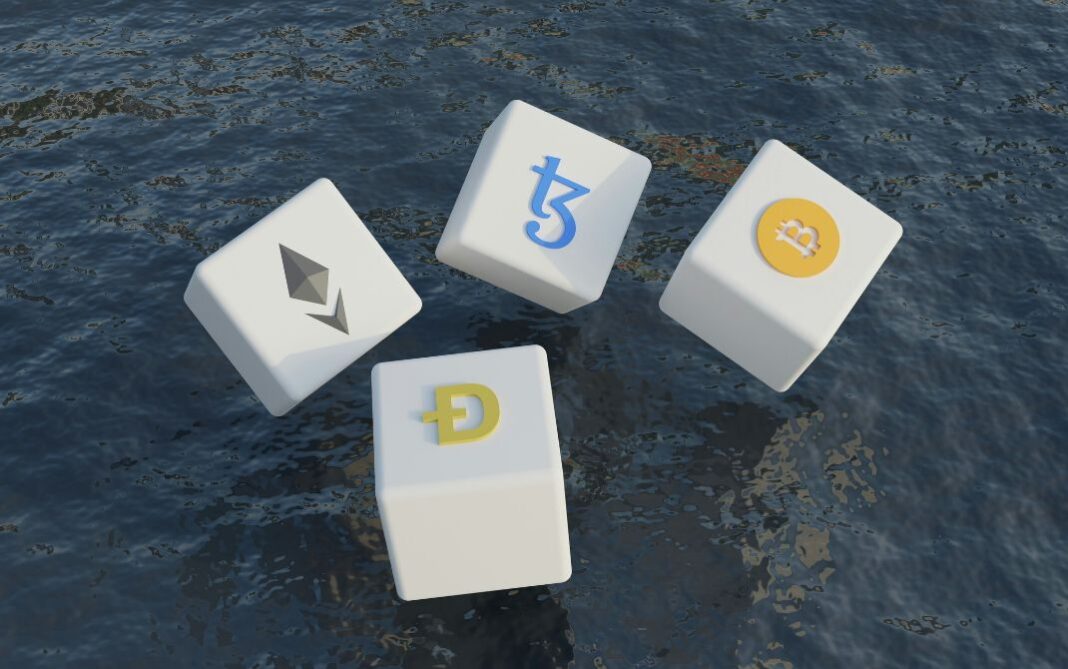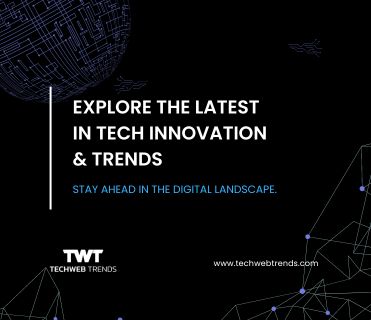The convergence of blockchain and the Internet of Things (IoT) is no longer a future concept—it’s happening now, driving innovation across industries from logistics to healthcare. In a world where billions of connected devices generate massive volumes of data, ensuring trust, security, and real-time coordination has become more critical than ever. Blockchain, with its decentralized, tamper-proof ledger, offers exactly that.
Why Blockchain and IoT are Better Together
IoT devices are notoriously vulnerable to cyberattacks due to limited processing power and weak security protocols. Blockchain mitigates these risks by providing a secure, decentralized infrastructure where devices can authenticate each other and share data without a central authority.
Moreover, IoT systems generate vast amounts of data that need to be validated, timestamped, and stored securely. Blockchain ensures this data remains immutable and traceable, helping organizations meet growing compliance and privacy standards like GDPR and the AI Act.
Smart Contracts: Enabling Automation at Scale
One of the most transformative synergies comes from combining IoT with blockchain-based smart contracts—self-executing agreements triggered by sensor data. For example, in precision agriculture, soil sensors can automatically trigger a payment to a water supplier via a smart contract when moisture levels drop below a certain threshold. This kind of automation reduces costs, eliminates middlemen, and increases operational agility.
Real-Time, Transparent Supply Chains
Supply chains are becoming smarter, but transparency remains a challenge. IoT sensors can monitor location, temperature, and handling of goods throughout the supply chain. Blockchain complements this by storing each event immutably, creating a trusted audit trail. This is particularly valuable in sectors like pharmaceuticals and food, where provenance and compliance are vital.
Energy and Mobility Use Cases
Decentralized energy grids powered by IoT devices and blockchain allow peer-to-peer energy trading in real-time. Similarly, blockchain-secured vehicle-to-everything (V2X) communication enhances safety and coordination in autonomous transport systems.
Looking Ahead
As AI continues to integrate with both IoT and blockchain, we’ll see even more intelligent, autonomous ecosystems—cities that manage their own traffic, farms that optimize themselves, and factories that negotiate supply contracts on the fly.
The synergy between blockchain and IoT isn’t just technological—it’s foundational for a more trusted, efficient, and automated digital economy.




